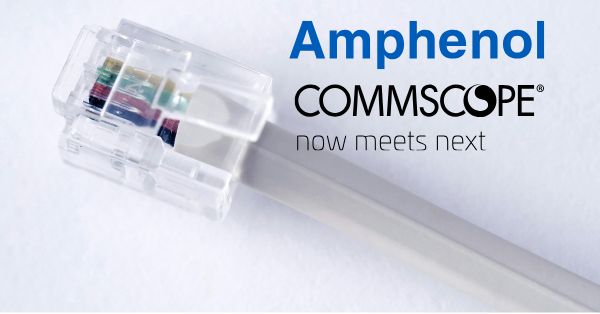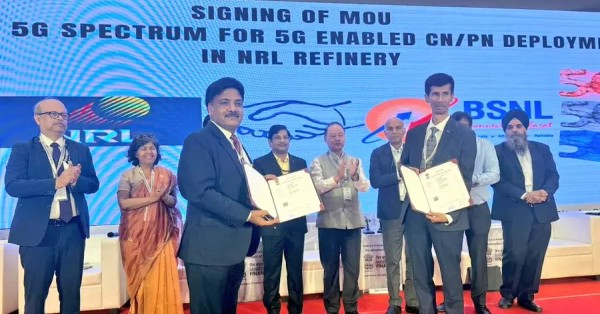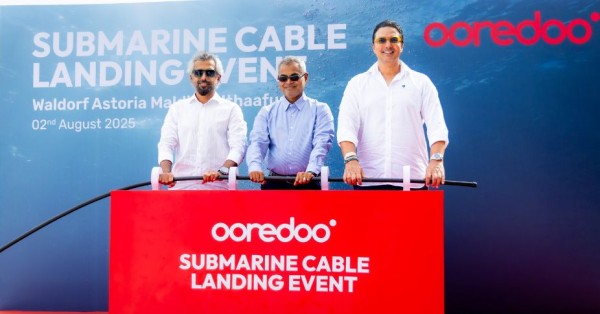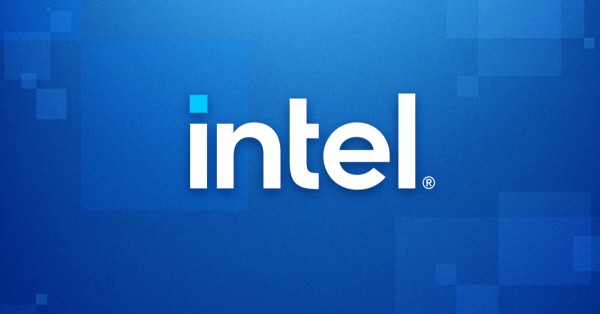Softbank, an operator in Japan, and Honda, an auto-company in Japan, started use-case-based testing with 5G Standalone and Cellular V2X to minimize collisions between vehicles and pedestrians.
Target Use Cases for 5G Standalone and Cellular V2X
The following are the three use cases for which SoftBank and Honda are conducting technology verifications. The team is utilizing SoftBank’s 5G SA experimental base station installed at Honda’s Takasu Proving Ground in Hokkaido Prefecture and Honda’s identification technology:
Reduce pedestrian collisions that are visible to vehicles
In a scenario where a pedestrian can be seen from the vehicle and when the onboard camera recognizes the danger of a collision, such as when a person enters the road, the car sends an alert to that person’s mobile device directly or via a MEC server straight away.
The pair discussed how this scenario would enable the user to take evasive action to avoid a possible accident with the automobile.

Reduce collisions between vehicles and pedestrians who are not visible
The vehicle queries mobile devices and other vehicles in the vicinity about the presence or absence of a pedestrian in an area with poor visibility, given that a pedestrian cannot be seen from the moving car owing to obstacles such as parked automobiles along roadways.
When the car approaches, the system informs the pedestrian and warns the vehicle about the pedestrian from the user’s mobile device if a pedestrian is present.
When there is a second vehicle in the area with limited sight and a possibility to observe the pedestrian, that car notifies the other vehicle about the pedestrian.

Reduce pedestrian collisions by sharing information on areas that are not visible to vehicles
This scenario is intended to illustrate how information from moving vehicles may be directed to the MEC server and used to inform drivers in the area about the poor visibility.
When a vehicle receives the warning and approaches an area with limited visibility, it queries the MEC server for information on pedestrians. The MEC server notifies the vehicle and the person if a pedestrian is detected.
This scenario may be used to transmit information on an area with poor visibility to cars that do not have a camera-based identification capability, ensuring that there are no collisions between vehicles and pedestrians regardless of whether cars have recognition capabilities.

5G Technologies and Standards
5G Standalone
Softbank and Honda plan to use standalone 5G technology for the above use cases. 5G SA combines new 5G dedicated core equipment and 5G base stations, in contrast to the traditional standalone system using 4G core equipment and combining it with 5G base stations.
Multi-access Edge Computing (MEC)
MEC will be used to optimize and accelerate communications compared to cloud servers by putting data processing operations in places close to terminals, such as base stations.
3GPP Standard
The use cases will leverage the 3GPP standards for vehicle-to-vehicle, vehicle-to-infrastructure, vehicle-to-network, and vehicle-to-pedestrian communications.
Softbank and Honda V2X partnership
By establishing a 5G experimental base station at the Takasu Proving Grounds, SoftBank and Honda had already been collaborating on 5G-based connected vehicle technology verification.
Softbank and Honda plan to use network technology that will connect pedestrians and vehicles to create a cooperative society where people of all ages may move freely while enjoying mobility safely and with complete peace of mind. Softbank and Honda will collaborate to verify the 5G SA network with a view to linking it with cellular V2X and plan to complete it before the end of fiscal 2021.






























